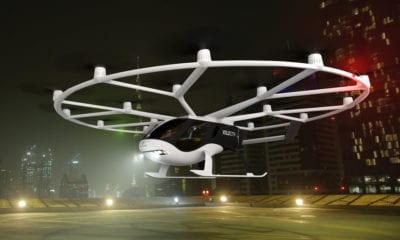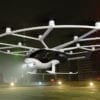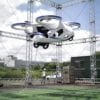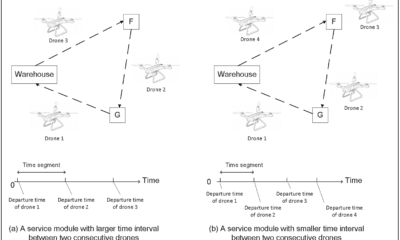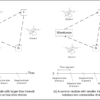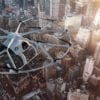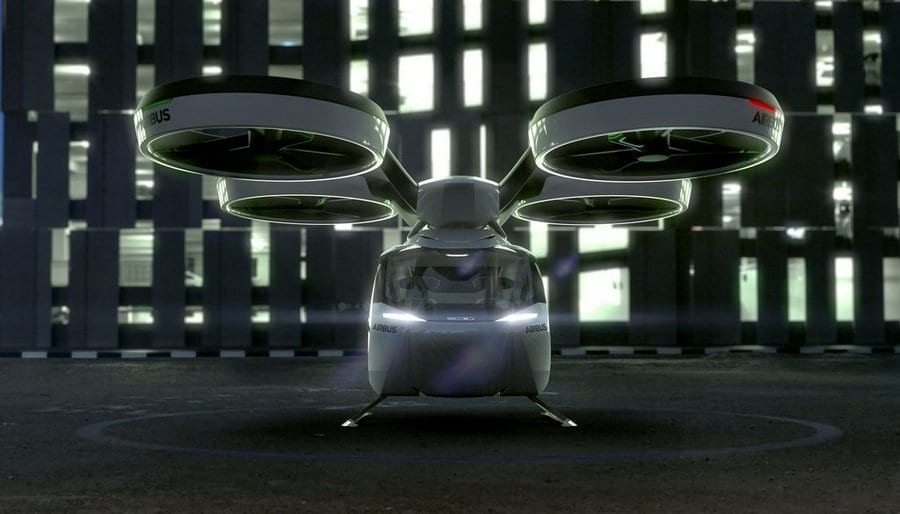
Industry
Passenger Drones and Flying Taxis Just Years Away
A new document named “(Un)certain Skies? Drones in the World of Tomorrow” delves into the use of drones and their emerging applications in the near future. One of the points that this paper touches is the depth to which citizens are willing to go to accept the deployment of drone fleets that depends on their understanding of the balance of pros and cons that may result from the scaled-up use of drones.
The Need for a Framework Surrounding All Types of Drone Uses
If we see the current landscape that surrounds drones, we will see that a framework that aims to assess the benefits and challenges for the overall transport system must be introduced. At the same time, it is essential to understand that new players are entering the “aviation market” and new emerging B2B and B2C service providers are here to perceive the new business opportunities.
As regulators are faced with similar and digitally driven disruptions for surface transport modes, the paper also addresses the use of drones in different fields, including passenger drones, freight drones, drones for support missions as well as ones for humanitarian aid and development projects.
In this piece, we are focusing on passenger drones and their specifics as outlined in the paper.
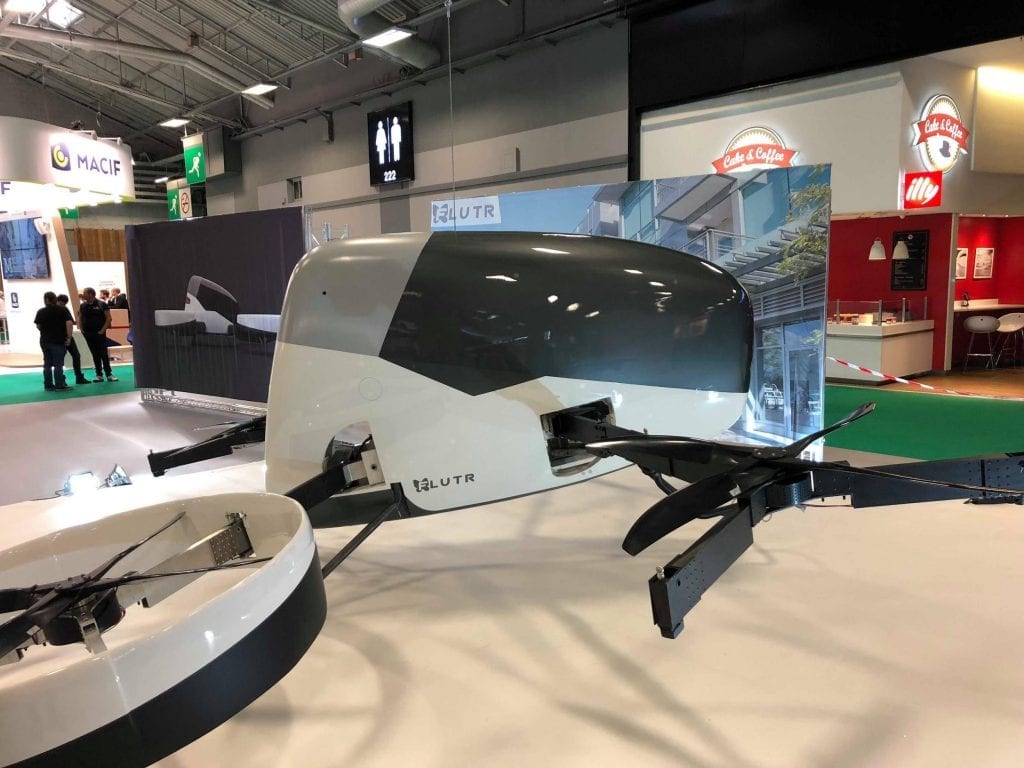
Paris Motor Show 2018: FLUTR Debuts as one of the First Passenger-Carrying Drones
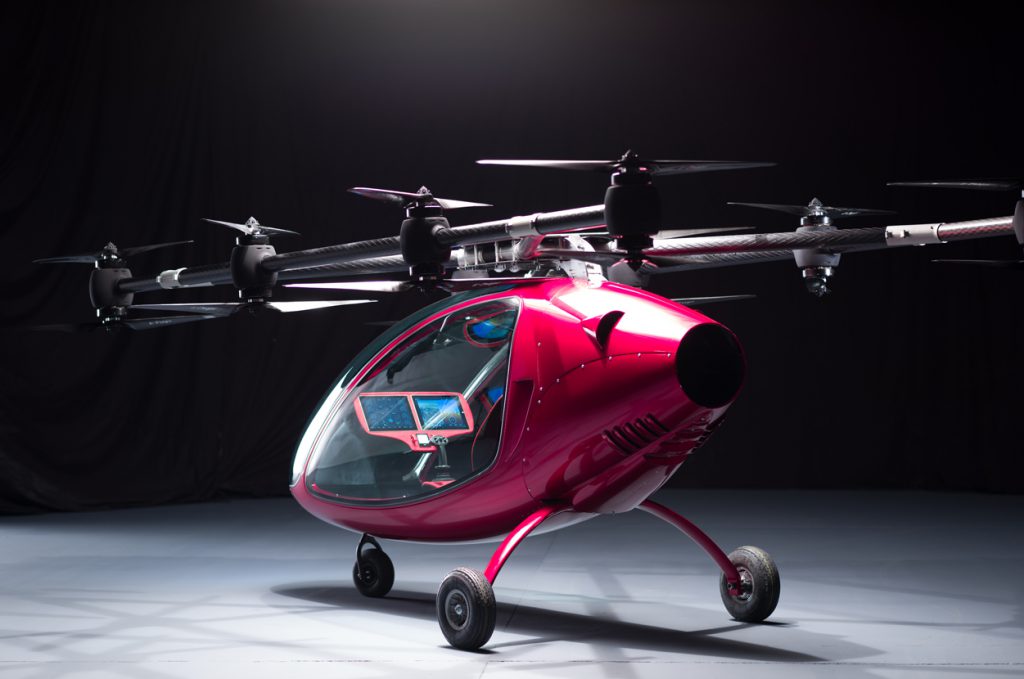
Passenger Drone | Astro Aerospace
Passenger Drones: High Volume Passenger Travel is Expected to Rise
Passenger drones are more than just a concept nowadays. People are already imagining themselves traveling in the 5-seater drones powered by rotors – and it seems like companies like UBER are coining the same concept.
However, the paper addresses five major arguments put forward to invest in passenger drones:
- Drones provide enhanced connectivity to remote regions
- Scheduling and routing will become more flexible
- Drones may contribute to congestion reduction
- Drone services reduce infrastructure investment costs
- Drones address the potential shortages of pilots
As you can see, these are all the benefits of passenger drones and this form of travel. It is easy to see that an infrastructure like this relies on an extensive road network in combination with the existing travel types.
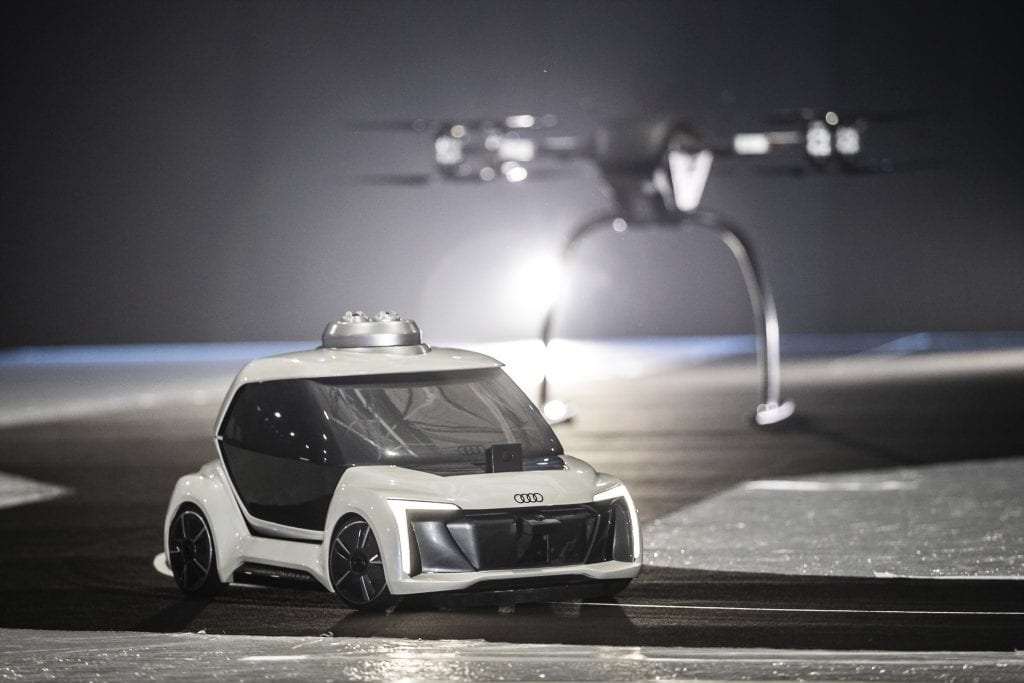
At Drone Week in Amsterdam Audi, Airbus and Italdesign are presenting for the first time a flying and driving prototype of “Pop.Up Next”. This innovative concept for a flying taxi combines a self-driving electric car with a passenger drone. In the first public test flight, the flight module accurately placed a passenger capsule on the ground module, which then drove from the test grounds autonomously. This is still a 1:4 scale model.
However, as traffic growth is outpacing investment in building and maintenance, congestion can become a serious problem and a drain on further economic growth which is how drones are aiming to solve the scenario and provide an alternative method of traveling.
The Current Concepts of Passenger Drones
Currently, there are a few concepts that go in line with the passenger drone infrastructure which aims to be developed in the future. First of them is the single passenger drone in an urban and sub-tropical scenario, followed by the two-passenger drone in high heat scenarios, the two-passenger drone for regional service in temperature climate zones as well as other passenger drones which are already at advanced concept stage.
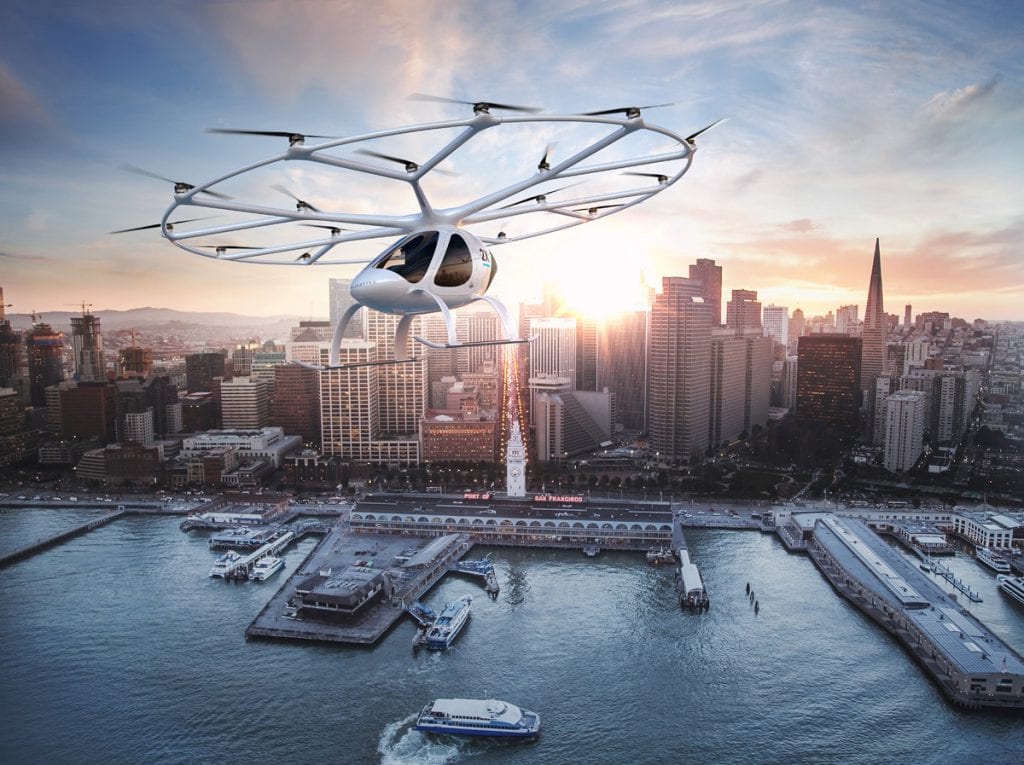
Source: Volocopter
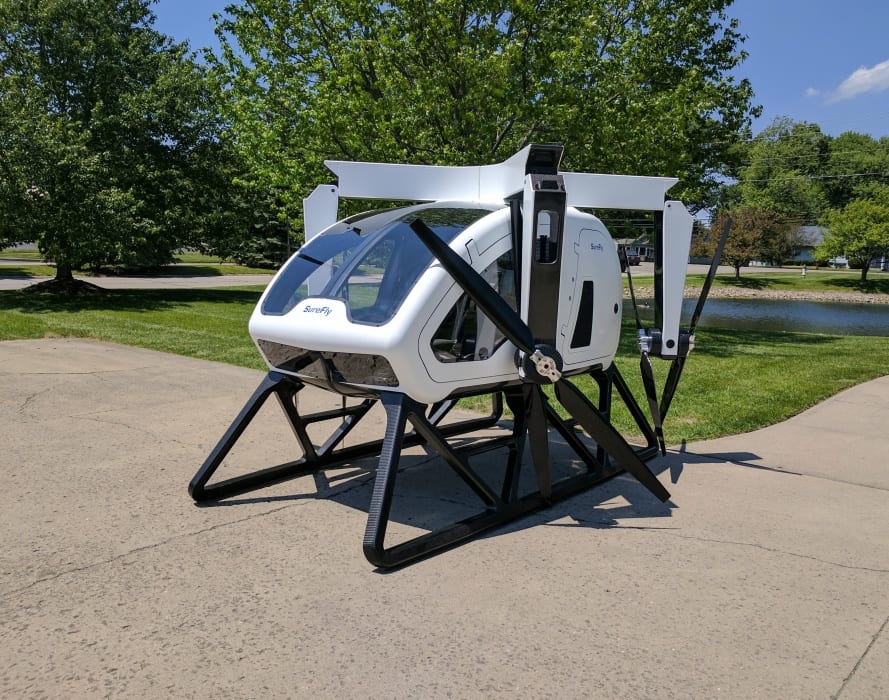
Surefly Workhorse Drone
The passenger drone service models are currently aimed mostly at providing unmanned aerial taxi services. However, people are wondering if this could change and address other challenges as well, finding a market with an extra regulatory space that will give a boost to this emerging infrastructure.
Citation: Schechtner, Katja & Casullo, Lorenzo & Garbarczyk, Anna & Crist, Philippe & Egeland, Jagoda & de la Rosa, Sara. (2018). (Un)certain Skies? Drones in the World of Tomorrow. https://www.researchgate.net/publication/327546358_Uncertain_Skies_Drones_in_the_World_of_Tomorrow
How useful was this post?
Click on a star to rate it!
Average rating 1 / 5. Vote count: 1
No votes so far! Be the first to rate this post.
We are sorry that this post was not useful for you!
Let us improve this post!
Tell us how we can improve this post?

